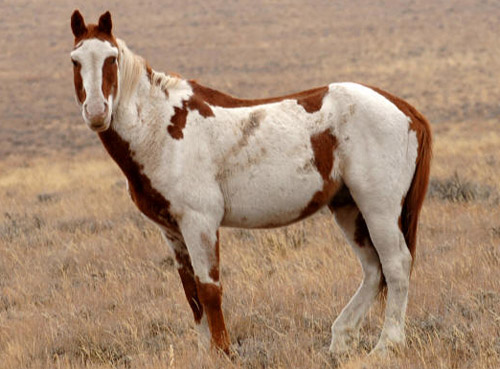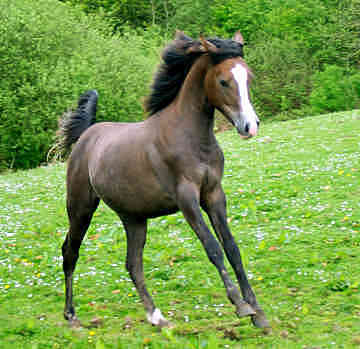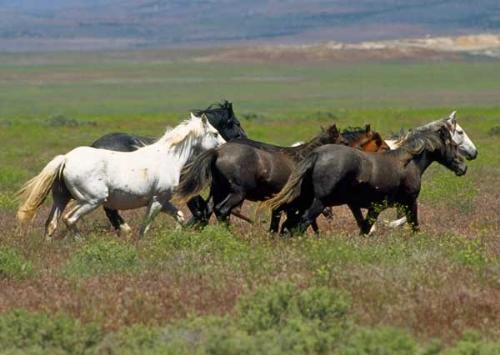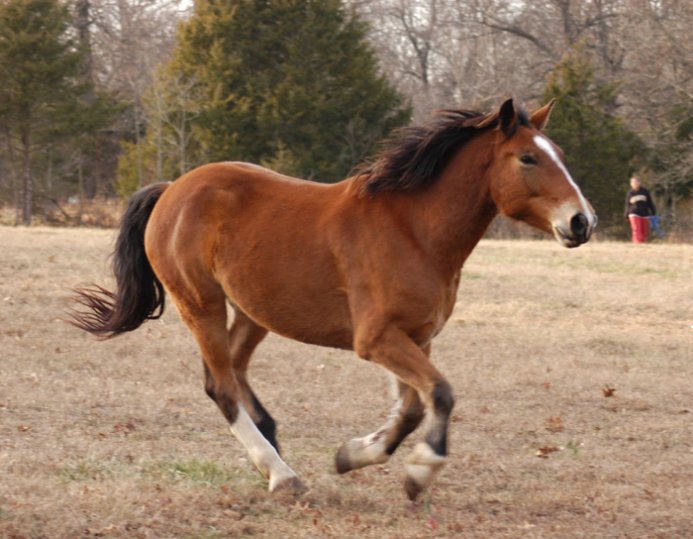



|
Mustang Qualities
Mustangs are full of life. They do not want to miss any of the action and are exceptionally smart. Mustangs are used for all sorts of purposes, but most are considered to be wild horses that roam freely as they please. Not all wild horses can be tamed, but the Mustang are easily adaptable and can be trained to be performing horses or work ones.
Mustang Temperament
A Mustang horse is a very active one. Most horses fall into one of two categories, they are either very lively and full of energy, or they are rather calm and quiet. This particular breed is sensible and very alert. They will not get into a situation where they can be harmed unless they have no other option. They are also the type to easily roam and run around the grounds all day long with very little effort at all. Sweet-yet-wise is the best way to describe the all-American Mustang.
Mustang Appearance
The Mustang horse stands around fourteen hands at adult full grown size. They are bred in various colors with no one specific type in favor of another. They have clean legs, smaller hard feet, and a considerably compact frame. Experts have defined this horse having a refined head and being easily recognizable.
Mustang Upkeep
Tending to a Mustang is rather simple being that many of them are just wild roaming animals. They do not require many supplies to be cared for and most of their needs they have the ability to care for themselves. They can easily reside in any area, any climate, and have no reported major illnesses.
Mustang History
The Mustang comes from the United States of America. Running freely through the USA for decades, if not centuries, they have earned their name from Spanish roots. The word 'mesteno', which equates that something or someone is wild or that they are a stray, is where the name Mustang derived from. They have been thought of as coming to the Americas via the Conquistadors, specifically the Sorraia, Lusitano, Alter Real, and Andalusian groups. The French quickly became interested in the Mustang breed and their settlers began to utilize the animals for a means to carry items such as very heavy machinery and artillery. The US government has also expressed an interest in them, as they too have purchased their own set of Mustangs to use for government work animals. Their population grew so much so that by the twentieth century experts estimated there were at least two million of these beautiful creatures walking the Earth. Unfortunately, as time progressed, the horses were killed by some ranch owners as they simply could not afford to continue feeding them as a result of low food and shelter supplies. By the nineteen seventies, theses horses became recognized as protected by a new law, the Wild Free Roaming Horse and Burro Act in 1971.
|